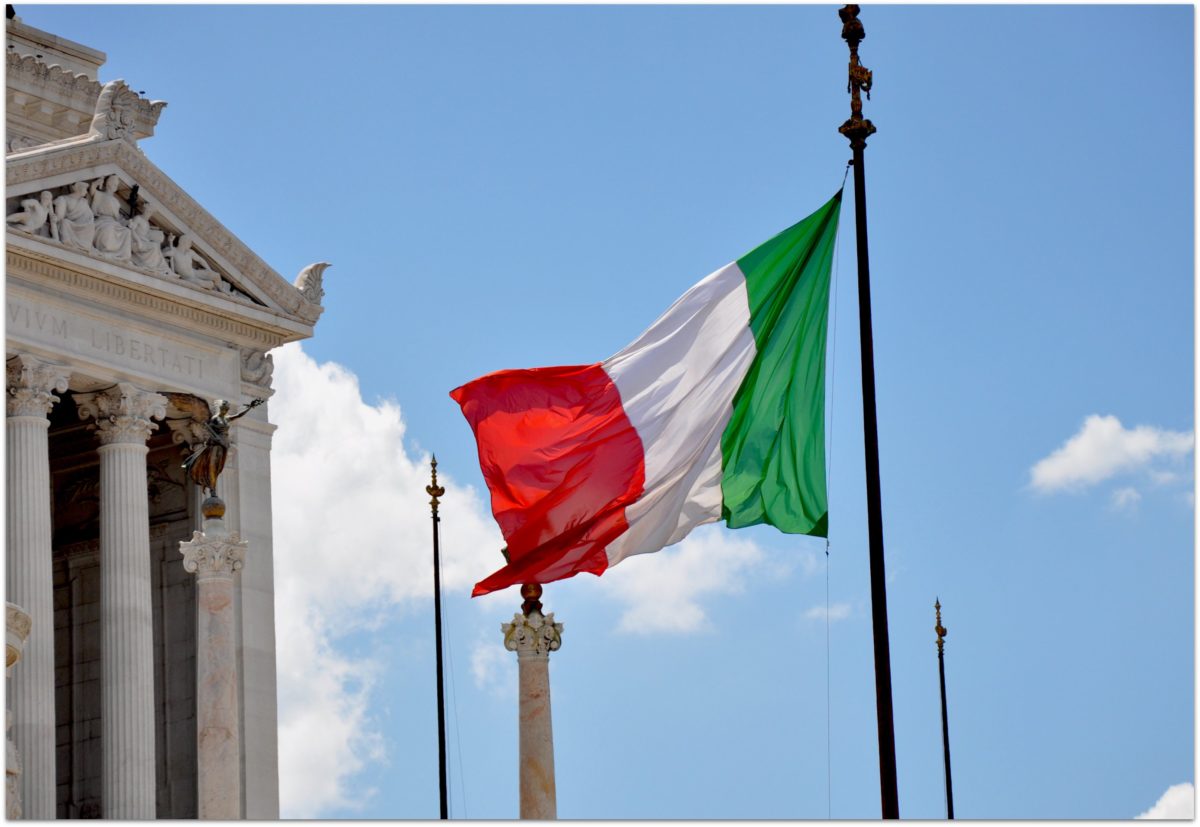While Italy's solar industry has been overshadowed by the Italian parliament's decision last month to approve a variety of feed-in tariff (FiT) reductions for solar PV installations and concerns about what this means for the Italian PV industry, one piece of positive news that almost got lost is providing at least one bright spot in an otherwise gloomy landscape.
The Italian parliament also decided last month to expand the net metering law covering more photovoltaic installations. Specifically, according to the 91/2014 law, the upper limit for net metering systems has been raised from 200 kW to 500 kW per installation.
How Italy's net metering works
Italy's net metering, the so-called Scambio Sul posto (SSP), is a type of net-metering which provides economical compensation to PV system owners for the amount of electricity they inject into the grid based on a number of factors. These include the economic value of the electricity fed into the grid calculated according to the hourly zone prices, the value of energy withdrawn from the grid, the energy exchanged (this is the difference between the amounts of electricity withdrawn and injected) and the costs of services.
Italy's energy regulator, the AEEGSI, will provide on a regular basis the level of costs of services and will then use every six months a formula to determine the level of the grant provided to PV owners under the Scambio Sul Posto. Therefore, net metering payments are calculated by the AEEGSI and provided to the system owners every six months.
Italy's net metering success
Emilio Cremona, president of renewable energy organization ANIE Rinnovabili told pv magazine that the Italian net metering has been highly successful. (As of May 2014, the former Italian Photovoltaic Companies Group, or GIFI, became part of ANIE Rinnovabili, the association representing the Italian companies working in the RES sector.) We estimate that almost all PV systems installed below 20 kW opted for net-metering. This is 489,689 systems out of a total of 505,404 and corresponding to about 2.9 GW out of a total of 17.7 GW installed,” Cremona said.
Furthermore, Cremona said there could even be net-metering systems for PV plants above 20 kW and up to 200 kW, but that ANIE Rinnovabili did not have consistent data on how many systems above 20 kW have opted for net metering.
“The net metering success was the reason ANIE Rinnovabili pushed and lobbied to raise the upper limit,” Cremona said, arguing that ANIE Rinnovabili “strongly believes that this represents a very good driver for further development of the market segment linked to commercial PV roofs.”
The Italian energy authority announced in June 2013 that FiT payments for all new photovoltaic plants will cease from July 6, 2013, onwards after the budget cap for incentives was reached on June 6, 2013. The recent increase in the net metering upper limit provides hope that Italy's solar PV sector will receive a well needed boost.
Popular content
This content is protected by copyright and may not be reused. If you want to cooperate with us and would like to reuse some of our content, please contact: editors@pv-magazine.com.


By submitting this form you agree to pv magazine using your data for the purposes of publishing your comment.
Your personal data will only be disclosed or otherwise transmitted to third parties for the purposes of spam filtering or if this is necessary for technical maintenance of the website. Any other transfer to third parties will not take place unless this is justified on the basis of applicable data protection regulations or if pv magazine is legally obliged to do so.
You may revoke this consent at any time with effect for the future, in which case your personal data will be deleted immediately. Otherwise, your data will be deleted if pv magazine has processed your request or the purpose of data storage is fulfilled.
Further information on data privacy can be found in our Data Protection Policy.